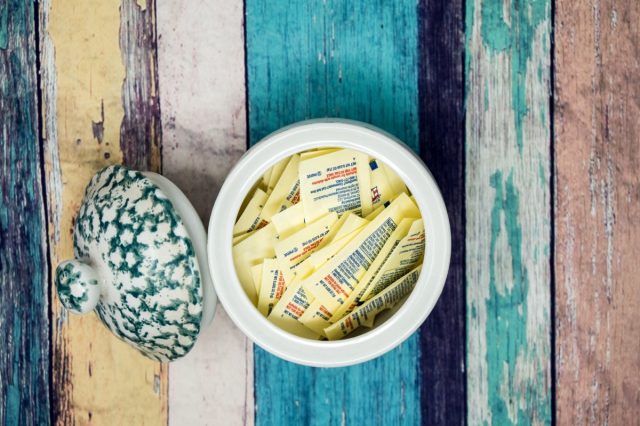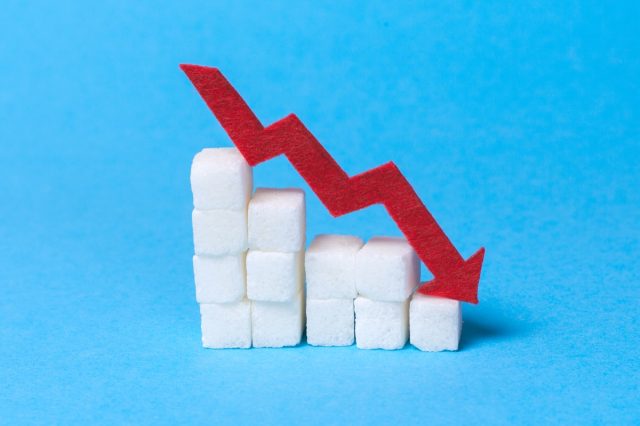The 5 Biggest Mistakes People Make When Trying to Cut Back on Sugar

Cutting back on sugar is a powerful step toward better health and weight loss, but it's not always straightforward. Many people unknowingly replace sugar with hidden sources, misunderstand nutrition labels, or make changes that feel unsustainable. These mistakes can sabotage your efforts and leave you feeling frustrated. By understanding the most common pitfalls and how to avoid them, you can successfully reduce sugar intake without sacrificing flavor or satisfaction. Here are the five biggest mistakes to watch out for when cutting back on sugar.
Replacing Sugar with Artificial Sweeteners

Artificial sweeteners might seem like a good alternative, but they can lead to unintended consequences. They often increase cravings for sweet foods and disrupt the body's natural response to sugar. Instead, focus on naturally sweet options like fresh fruit, which provide fiber and nutrients along with sweetness.
RELATED: This Is Exactly How to Lose Body Fat This Year
Ignoring Hidden Sugars on Labels

Sugar hides in many processed foods under names like fructose, maltose, or cane syrup. Many "healthy" products like granola bars or yogurt contain added sugars that can derail your efforts. Always read nutrition labels carefully and opt for products with minimal or no added sugars.
Going All In Too Quickly

Eliminating sugar cold turkey can lead to withdrawal symptoms like headaches, irritability, and intense cravings. Instead, reduce sugar gradually to allow your body and taste buds to adjust. Start by cutting sugar in your coffee or swapping out sugary snacks for healthier options.
RELATED: 10 Simple Food Rules That Make Losing Weight Faster and Easier
Skipping Meals to Cut Calories

Skipping meals can lead to extreme hunger and a stronger desire for sugary foods later in the day. Balanced, protein-rich meals help keep your blood sugar stable and reduce cravings. Focus on whole, nutrient-dense meals to support your sugar-cutting efforts.
Not Planning Ahead for Snacks

Without healthy snacks on hand, you're more likely to reach for sugary options when hunger strikes. Keep simple, low-sugar options like nuts, cheese sticks, or sliced vegetables available to curb cravings without added sugar. And if you enjoyed this article, take advantage of these 15 Quick Ways to Lose Body Fat Percentage in a Week.




